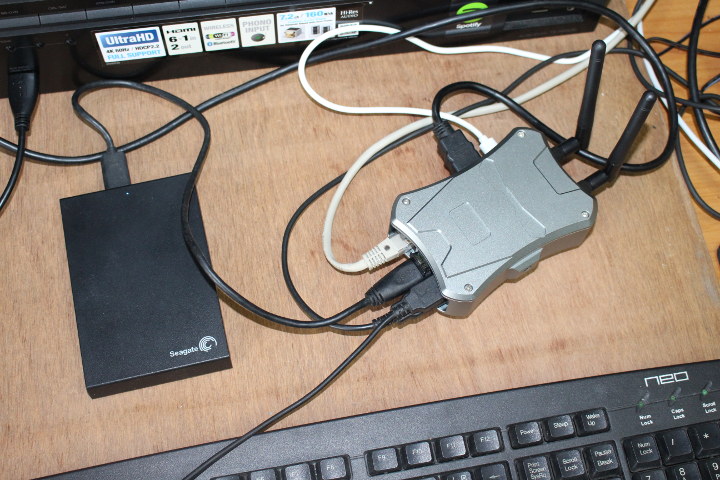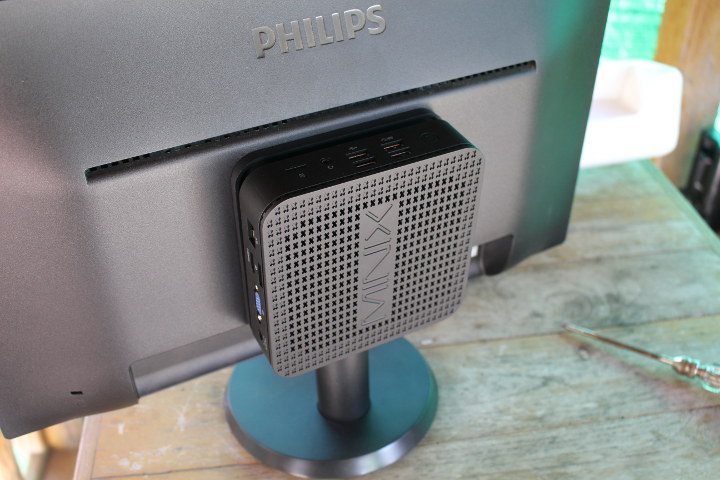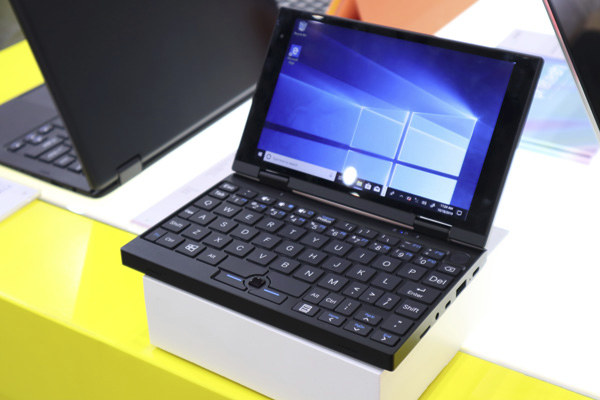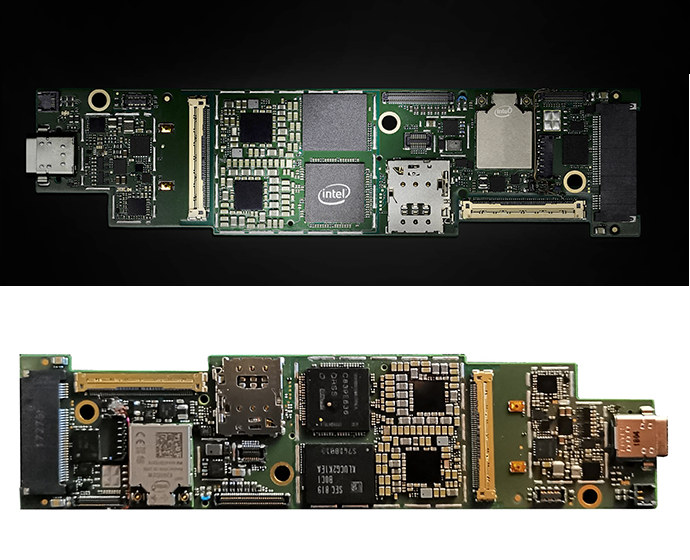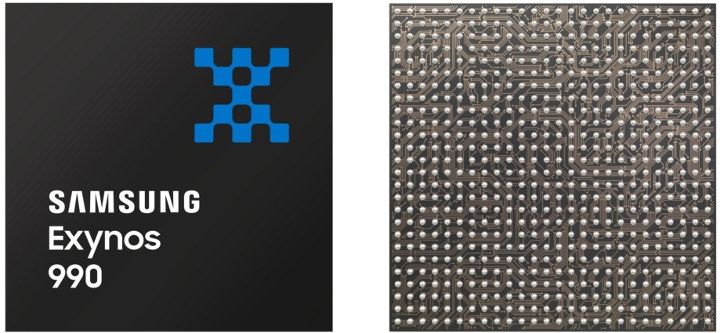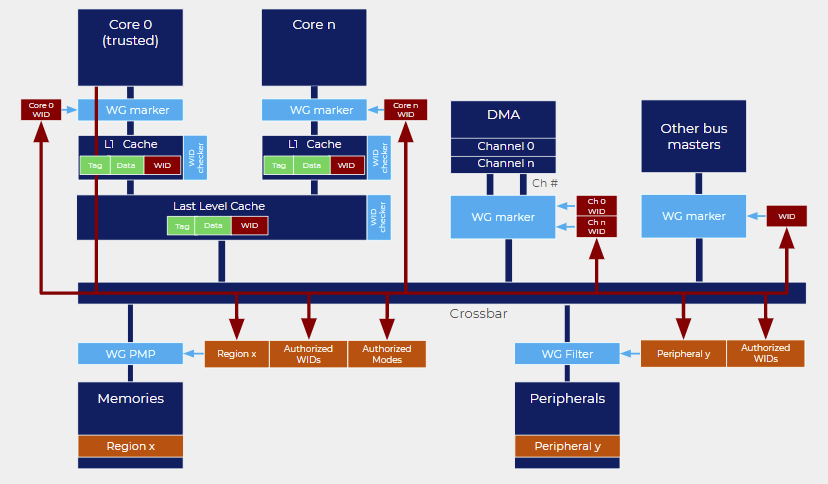We’ve already seen how to assemble NanoPi M4V2 metal case kit which offers an Arm mini PC solution with support for NVMe SSD. The new NanoPi M4V2 Rockchip RK3399 SBC is an evolution of the M4 board that brings faster LPDDR4 memory and adds power & recovery buttons. Since we’ve already tested several RK3399 SBC‘s and TV boxes, I planned to focus the review on thermal design evaluation (i.e. see how well the board cools), and see how memory bandwidth evolved from LPDDR3 to LPDDR4. I wanted to do so both with Linux and Android, since I could compare NanoPC-T4 (LPDDR3) benchmarks in Android. But this requires an eMMC flash module, and I don’t own any. So instead I planned to run Armbian because of support for armbian-monitor for nice temperature chart but it’s not working just yet, so instead I’ve done all tests with FriendlyCore Desktop (rk3399-sd-friendlydesktop-bionic-4.4-arm64-20190926.img) based on […]
MINIX NEO G41V-4 Fanless Mini PC Review – Part 1: Unboxing & Teardown
MINIX showcased two new Gemini Lake mini PCs running Windows 10 Pro at IFA 2019 namely MINIX NEO J50C-4 (64GB) actively-cooled mini PC with an Intel Pentium Silver J5005 that’s basically a variant of last year’s NEO J50C-4 mini PC with more storage, as well as MINIX NEO G41V-4 fanless mini PC powered by an Intel Celeron N4100 processor. I’ve already reviewed the former mini PC with Windows 10 Pro, and the company has just sent me a sample of their just-released NEO G41V-4 mini PC which as we’ll see is a completely new design (internally). MINIX NEO G41V-4 Unboxing The mini PC did not come alone, as 240GB M.2 SATA SSD’s for NEO G41V-4 and NEO J50C-4 were also included. The specifications match what we initially reported with an Intel Celeron N4100 quad-core processor, 4GB DDR4, 64GB eMMC flash, and so on. The new enclosure has plenty of ventilation […]
Changing Ubuntu Apt Mirror from the Command Line, and the Lack of Arm64 Mirrors
When you install Ubuntu on a computer, you’d normally go through the installation ISO which guides you through a wizard where you select your location among other things, and that means you get connected to the mirror closest to your location allowing timely updates. But for those of us who flash Ubuntu images on Arm SBC’s, the mirror is normally fixed to the one set by the developer be it in China or Slovakia, or defaults to the US mirror. It still works, but it can be slower than necessary. In a computer, an easy way to change that from Ubuntu desktop to launch Software & Update program and change the download from field to a mirror in your country or neighboring country as shown below. But I’ve found myself mostly connecting to boards over SSH since it’s easier that way for reviews. One way to change the mirror would […]
SiFive U8-Series Out-of-Order RISC-V Core IP Takes on Arm Cortex-A72 Core
Earlier this week, we wrote about SiFive Shield open security platform as the equivalent of Arm TrustZone security technology, but the company had had another important announcement this week with the introduction of SiFive U8-Series Out-of-Order (OoO) RISC-V Core IP with much higher performance than the company’s earlier U7-series core and competing with Arm Cortex A72 core. At first, the company will offer two standard cores with SiFive U84 RISC-V core optimized for power efficiency and area efficiency, and the SiFive U87 RISC-V core with vector processing. SiFive U84 Performance & Efficiency We do not have much information about U87, but SiFive already published some interesting details about U84 cores. SiFive U84 core offers about 3.1 times higher performance compared to their earlier U74 standard core thanks to a 2.3x increase in IPC combined with a 1.4x increase in maximum frequency. Compared to SiFive U54, U84 delivers 5.3x higher performance […]
Pretech F700Mi Low Cost 7″ Fanless Mini Laptop Features an Intel Atom X5 Cherry Trail Processor
We’ve covered a fair amount of mini laptops with 7″ to 9″ displays in the last few years, but most came with a fairly high price due to the somewhat high specs with Amber Lake or Gemini Lake processors, 8GB+ RAM, 128GB+ storage, etc… meaning in most cases you’d have to pay between $500 and $1,000 for a small device. If you’d like to have such a mini laptop for simple tasks but don’t quite want to spend that much money on it, Pretech F700Mi Mini laptop with a 7″ display should be much cheaper thanks to an Intel Atom X5-Z8350 quad-core processor, 4GB RAM, and 32GB to 128GB storage. Pretech F700Mi Mini specifications: SoC – Intel Atom x5-Z8350 quad-core Cherry Trail processor System Memory – 4GB or 8GB RAM Storage – 32GB, 64GB, or 128GB eMMC flash; MicroSD card slot Display – 7″ 1920 x 1200 touchscreen display with […]
Intel Unveils Tremont Low-power x86 Architecture, Lakefield Hybrid Processor
Intel Tremont microarchitecture was first leaked in April 2018 as a successor to Goldmont Plus used in Gemini Lake processors among others. But Intel has now made it official and revealed details about Tremont architecture at Linley Fall Processor Conference in Santa Clara, California. The new architecture is said to deliver significant IPC (instructions per cycle) gains compared with Intel’s prior low-power x86 architectures. Tremont-based processors will target client devices, IoT products, 5G networking, efficient datacenter servers, etc… Tremont Architecture Some of the highlights of Tremont architecture include: Intel Core class branch prediction with long history,32 bytes based, L1 predictor (no penalty) and large L2 predictor Out of order fetch – 32KB instruction cache, 32 bytes/cycle, up to 8 outstanding misses 6-wide out of order instruction decode Dual 3-wide clusters Wide decode without the area of a uop cache Optional single cluster mode based on product targets 4 wide allocation […]
Samsung Exynos 990 SoC, 5G Exynos Modem 5123 Leverage 7nm-EUV Process
Samsung Electronics has announced two silicon products manufactured using a 7-nm process and extreme ultra-violet (EUV) technology with namely Exynos 990 mobile processor for premium smartphones, and 5G Exynos Modem 5123. Samsung Exynos 990 Preliminary specifications: CPU – Octa-core, tri-cluster CPU structure 2x Exynos M5 custom cores 2x high-performance Cortex-A76 cores 4x power-efficient Cortex-A55 cores GPU – Arm Mali-G77MP11 GPU with Valhall architecture AI Accelerators – Dual-core neural processing unit (NPU) and digital signal processor (DSP) that can perform over 10 TOPS Memory I/F – LPDDR5 data rates of up to 5,500 Mbit/s Display – 120Hz refresh-rate display driver Camera – Up to 108MP in total thanks to an ISP that supports up to 6x image sensors with concurrent processing of three Media – 8K30 / 4K120 encode & decode of H.265/HEVC, H.264, VP9 The GPU is said to improve graphic performance or power efficiency by up to 20 percent, […]
SiFive Shield is an Open Security Platform for RISC-V Processors
Most Arm processors and Armv8-M microcontrollers support Arm TrustZone security with hardware-enforced isolation built into the CPU. But so far, I had not read anything about equivalent solutions for RISC-V processors. It turns out Hex-Five’s MultiZone security is one of the RISC-V hardware-security providing an answer to Arm TrustZone, and besides checking out the presentation slides, you can also watch the video filmed at RISC-V Workshop Taiwan last March. But what brought me to write about RISC-V security is SiFive announcement for their Shield open security platform for RISC-V processors SiFive Shield Overview SiFive Shield is an open, scalable security platform designed for RISC-V processors. It supports root-of-trust, customizations, and offers per-memory protected memory regions and multi-core privilege modes. Combined with SiFive WorldGuard, SiFive Shield enables greater isolation. SiFive WorldGuard Isolation SiFive WorldGuard is a fine-grain security model for isolated code execution and data protection. It offers core-driven and process-id […]


